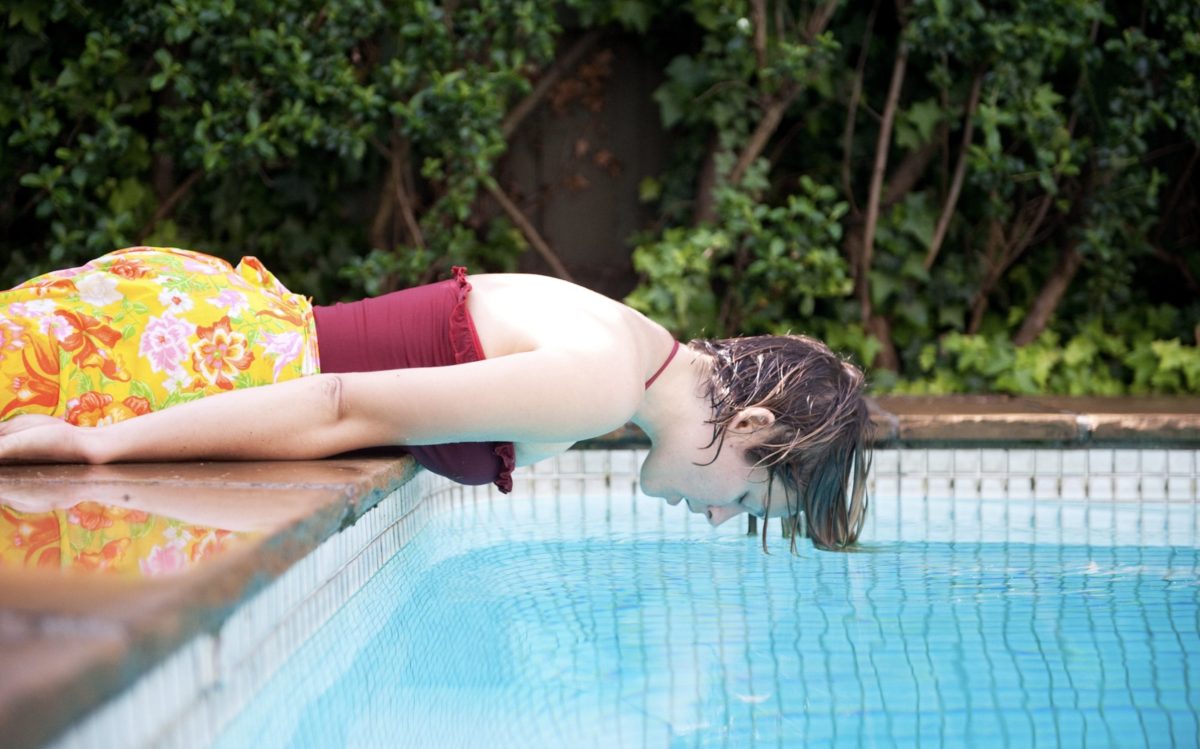In late March 2020, over 100,000 Australians found themselves unemployed overnight with no timeframes for returning to work.
In recent weeks we saw some 13 million Australians move into hard lockdowns, and again a rolling list of cancelled performances, exhibitions and festivals.
Some 16 months later, has the relief funding situation changed for the arts and culture sector? And what have been the harsh realities in regards to how our governments value our diverse and dynamic sector?
The answers in part have been tackled in a new report launched last week, Keeping Creative, which demonstrates the consistent neglect of the sector during the COVID-19 pandemic.
It comes just a week after rolling announcements by federal and state governments of renewed relief packages. But these announcements have also come with warnings from the Shadow Minister for the Arts, the Australian Council of Social Service (ACOSS), the Media Entertainment and Arts Alliance (MEAA) and the National Association for the Visual Arts (NAVA), among others, that the new assistance measures continue to fall short.
Read: Half of Federal arts emergency money remains unspent
Keeping Creative – which was co-authored by a team from UniSA’s Creative People, Products and Places Research Centre (CP3) comprising Dr Jess Pacella, Professor Susan Luckman and Professor Justin O’Connor – presents a timeline for the various support schemes pitting state governments against federal commitments, analysing their different components, and placing this support in a comparative context with the responses of New Zealand, the United Kingdom, Canada, Germany, France and the European Union more broadly.
At its core, the reports suggests that ‘Australia’s response, including the latest disaster payment measures, has been very different to that of many other nations.’
Simply, the report states: ‘It became clear quite quickly that arts and cultural workers across Australia were underserved by the pandemic relief policy mechanisms put in place in early 2020.’
STATE VERSUS FEDERAL SUPPORT
Not surprising, the research shows the states took the lead in responding to the creative sector – and often with relatively higher levels of support – than the Federal Government.
‘In Australia, the COVID-19 pandemic heralded an unprecedented return to state governments as powerful actors,’ the report states.
‘It also shows how JobKeeper often missed its mark,’ said Professor O’Connor.
‘This left many in the sector to fend for themselves, and suggests that much of the support, when it came, was for infrastructure rather than artist,’ he continued.
‘It became clear quite quickly that arts and cultural workers across Australia were underserved by the pandemic relief policy mechanisms put in place in early 2020.’
Keeping Creative report
The report suggests that these different governance capacities in turn reflect marked differences in the ‘value’ or ‘worth’ of the sector in public policy, often including the extent to which art and culture is understood by policy-makers to represent ‘real work’.
Similarly the slippery definitions of what is deemed ‘essential’ and ‘peripheral’ was also bought into the spotlight by the findings.
With the Federal Government faltering, the report says it was against this backdrop that ‘many welcomed the rapid responses of the states stepping in as providers of last resort … and acting directly in the public interest, pushing the standard “market provision” approach into the background.’
The reports show that while State Government funding announcements in Australia varied in scale, in terms of direct financial support (much of it repurposed funding), they also varied in ‘general understanding of what is a complex sector.’
The upside was that action and verbiage at a state level showed they were willing to acknowledge their support of arts and culture, either in public rhetoric or in actual financial support.
FADING OPTIMISM AT A GRAND SCALE
One of the great failings – that many of us know firsthand – was the exclusion through eligibility for JobKeeper of those who did not operate as a sole trader, as well as those who did not have the same employer for a period of at least 12 months.
‘As early as April 24, over 100 advocacy bodies and organisations had penned an open letter to Minister Fletcher asking for action, and in particular calling to attention the diverse employment practices (including project-based employment) that were ignored in the wage subsidy scheme of JobKeeper and JobSeeker,’ the report summary noted.
Read: Dear Prime Minister: Creative industries unite to secure Australia’s cultural future
‘It was also clear that the lack of focus on the arts and culture sector was a continuation of a broader ideological shift in arts and cultural policy since the Liberal National government was elected into power at the Federal level in 2013 (and have remained in power since),’ the report noted.
It points to funding cuts in the federal budget to national arts and culture representative bodies, particularly the Australia Council, and folding of the arts portfolio into a ‘super ministry’ – the Department for Infrastructure, Transport, Regional Development and Communications. The arts has even disappeared from the Department’s title.
The slow rollout of the Federal Government’s RISE package (Restart Investment to Sustain and Expand Fund) ‘sounded prima facie like welcome relief’, says the report, but outlines that rhetoric and real relief has not synced up – with singer Guy Sebastian even coming out last week to say he had been used as ‘a prop’ by the Federal Government.
DOLLARS VERSUS MESSAGING
While the message is largely gloomy, some in arts and cultural sectors saw the chance for ‘a real re-evaluation of the contribution of the sector, stressing variously its contribution to mental health, community resilience, and the nation’s future economic recover,’ the report shows.
It continued: ‘There has been everywhere a disjunction between rhetoric and reality, with governments claiming to support arts and culture in their moment of need, and then fumbling the response.’
Compared with governments in Germany, France, the EU, and Canada that came out with strong statements, our Federal Government was largely silent for 100+ days.
These other nations also demonstrated that they were better able to manage this complex patchwork of initiatives and peculiarities of employment in the arts sector much better than Australia.
‘There has been everywhere a disjunction between rhetoric and reality, with governments claiming to support arts and culture in their moment of need, and then fumbling the response.’
Keeping Creative report
Falling short of an explanation as to why, the report states: ‘The failure of the Federal Government to adequately support arts and culture might be a mix of incompetence, indifference and ignorance: there’s perceived to be no additional votes nor political donations in advocating for arts and culture.’
Professor O’Connor added: ‘It was often the combination of cuts to livelihoods and blows to individual creatives’ sense of self-worth that was crucial. Here the contrast with other countries was most marked.’
Keeping Creative ends by noting that arts and culture have slipped down the list of public policy priorities at a Federal level, and concludes that while there was a glimmer of hope that ‘Arts and culture needed saving as a viable sector – workers, businesses, institutions, infrastructures’ … [that] ‘there is much less of this early optimism now.’
‘This deprioritising of the cultural sector pre-dates the COVID-19 pandemic, but the added stress of the current situation has emphasised many of the shortcomings of that policy position,’ O’Connor concluded.
Read the Keeping Creative report.
The research period began in April 2020, with the scope of the report extending from January 2020 to December 2020.





